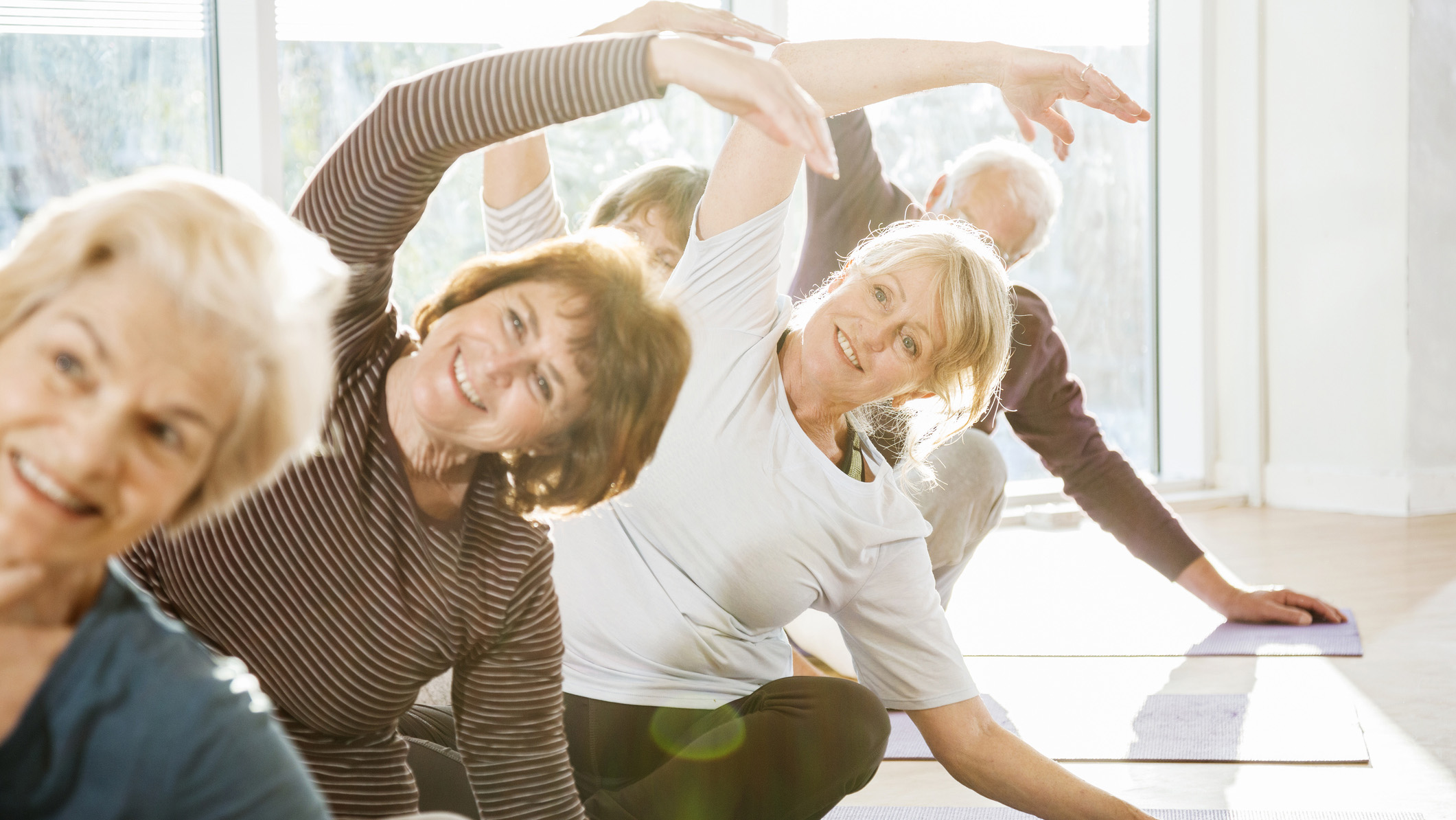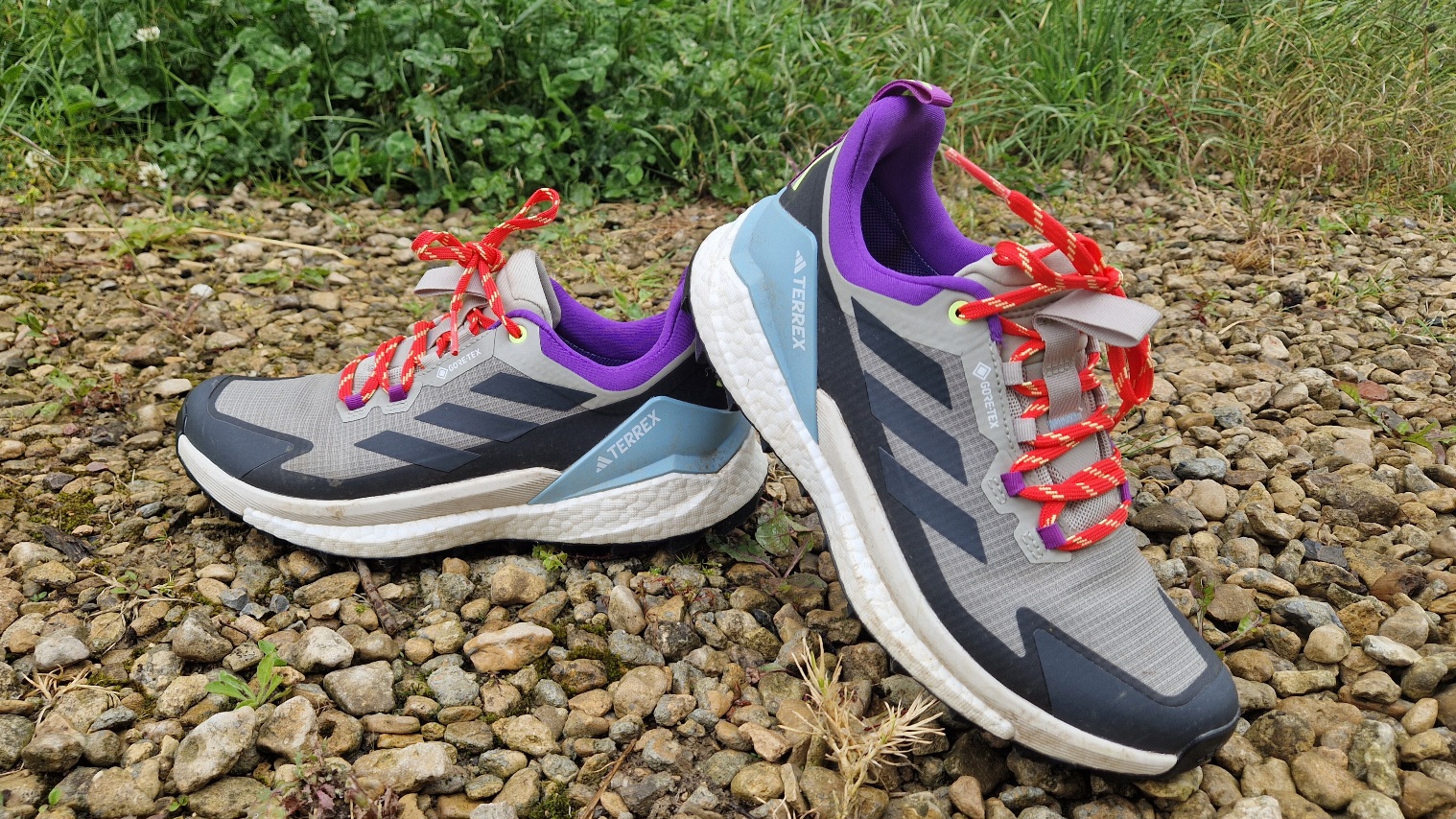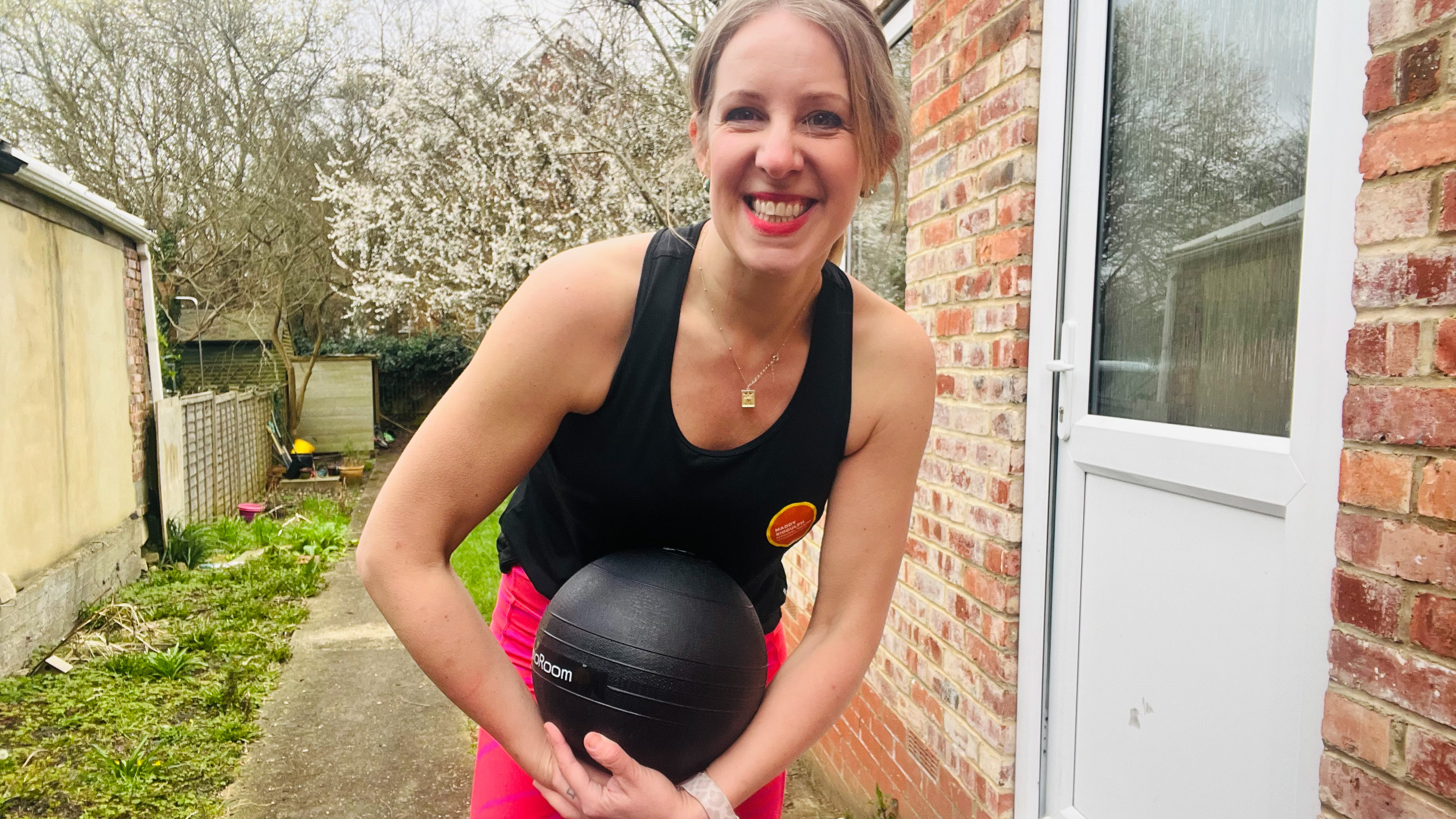Healthy joints: 15 ways to stay pain-free and mobile
Healthy joints are easy to achieve with a few simple lifestyle changes

As we age it becomes increasingly important to ensure we have healthy joints - especially in the face of conditions such as osteoarthritis and rheumatoid arthritis.
Keeping your joints in good shape will not only will help you to stay mobile - which itself has impacts on both physical and mental health - but will also help you avoid suffering from unnecessary pain.
- The best supplements for joints: fight inflammation, pain and swelling
- Best workout equipment for home: essential kit for keeping fit
- How to lower your cholesterol: 4 tips to help keep your heart healthy
To help you in your quest for heathy joints, here’s our guide to what to eat and do, and which supplements to take to keep your joints as strong, supple and pain-free as possible.
1. Boost your ginger intake
Ginger contains potent anti-inflammatory compounds known as gingerols, which work to reduce swelling and inflammation in the joints,’ says nutritional therapist Kate Knowler.
Add grated fresh ginger as a garnish to a rice dish or enjoy it as a tea with hot water and a slice of lemon. You could also try the new, ginger-based natural joint supplement FlexiQule.
2. Take up swimming
Swimming is a great way to get mobile, exercising almost all the body’s muscles and joints without putting strain on them. Exercise is crucial in easing stiffness, strengthening supporting muscles and while improving joint movement. Cycling is another good option.
3. Eat more oily fish
‘Omega-3 is a fat with proven anti-inflammatory benefits, while omega-6 is known to be pro-inflammatory,’ explains Kate.
Get the Fit&Well Newsletter
Start your week with achievable workout ideas, health tips and wellbeing advice in your inbox.
‘Historically, our intake of omega-3 and omega-6 fats was almost 1:1, but modern diets often feature high levels of omega-6, such as in fried foods, and low levels of omega-3. Increasing fish intake – particularly salmon, mackerel, sardines or fresh anchovies – and cutting down on fried foods and processed red meats can help address this imbalance and reduce inflammation.’
You could also try taking a fish oil supplement (look for one that contains fish body oil, not fish liver oil.
4. Try turmeric
Related to the ginger family, turmeric is used in Chinese and Indian medicine to reduce inflammation, stiffness and pain. ‘The nutrient’s absorption is improved when combined with a little black pepper and fat in a recipe,’ says Kate.
5. Top up your vitamin D
Research suggests that maintaining sufficient levels of the ‘sunshine’ vitamin may help prevent rheumatoid arthritis. Vitamin D is produced by your body when your skin is exposed to sunlight. Aim for 15-30 minutes of daily sun exposure on your face and arms.
It’s also available (although to a much lesser degree) in certain foods, such as eggs, oily fish and fortified breakfast cereals. Living in places where sunlight is limited can lead to deficiency, particularly during winter, so you may benefit from a daily 10mg supplement.
6. Let gadgets take the strain
Devices which help you open jars can reduce strain on joints. Try the Aidapt Universal Jar Opener or a similar kitchen gadget to make life that little bit easier.
7. Get tested
If you have joint pain, see your doctor for possible tests, scans and referrals. A cause needs to be found in order for you to get effective treatment and reduce the risk of joint damage.
‘As well as rheumatoid arthritis, joint inflammation can be caused by viruses, gout, psoriasis (a skin disease) and immune-system diseases such as lupus and inflammatory bowel disease (IBD),’ says Doctor Melanie Wynne-Jones. ‘Inflammation can seriously damage joints, producing severe pain, swelling, heat and morning stiffness that lasts hours rather than minutes.’
8. Eat the rainbow
The antioxidants in brightly coloured fruit and veg, including leafy greens, protect joints by mopping up the free-radical chemicals in your body, which are thought to be responsible for inflammation. Fruit and veg are also packed with plenty of other nutrients, which are great for our overall good wellbeing - so be sure to eat healthily as much as possible.
9. Check your shoes
The design of your footwear can have an impact on your joints. Studies show that shoes with flexible soles reduce the load on your knee joints. Don’t wear very flat shoes or high heels too often. ‘You need support in a shoe to help your foot stay in its natural curved shape,’ says podiatrist Janet McGroggan. ‘Look for a contoured footbed in brands such as Birkenstock or FitFlop.’
10. Watch your weight
Maintaining a healthy weight can relieve unnecessary extra stress on your joints, and reduce the amount of urate in your body, which can form painful crystals in your joints (as in gout). Dr Mel says, ‘Keep your waist measurement below 31.5in (80cm) if possible.’
If you need to lose weight, do it at a sensible pace – around 1-2lb a week. Rapid weight loss or fasting can actually raise levels of urate in the body.
11. Try Tai Chi
Studies have shown that this martial art, which combines deep breathing and relaxation with gentle, owing movement, can help with the symptoms of osteoarthritis (wear-and-tear joint damage), as well as improving mobility in the ankles, hips and knees of those with rheumatoid arthritis.
Yoga and Pilates are also good choices. You can learn the basics at a local class and check out useful moves in a book or on YouTube.
12. Stretch more
‘Standing or sitting taller is not only the healthiest way to position your muscles and joints, it also reduces muscular strain – particularly on the lower back – provides a psychological confidence boost and improves breathing efficiency,’ says Lexie Williamson, author of The Stretching Bible.
‘Modern life demands that we sit a lot while driving, commuting, working at the office or relaxing on the sofa, and the temptation to slouch is ever-present, so draw your shoulders back with the following stretch using an old tie or dressing-gown cord.’
13. Consider glucosamine
This supplement is commonly taken for osteoarthritis, to help improve the health of damaged cartilage. The results of its effect on rheumatoid arthritis, however, are mixed.
Anisur Rahman, Professor of Rheumatology at UCL and Arthritis Research UK says, ‘There’s no scientific evidence that it helps, but it’s very safe to take and I’ve had patients who say it makes them feel better and that they don’t have to take as many anti- inflammatories.’ LQ Liquid Health Joint Care, for example, combines glucosamine with ginger and marine collagen.
14. Walk more
Weight-bearing exercise is important for strengthening bones and muscles, as well as your joints. Walking is the perfect way to get that activity without putting too much pressure on your joints. Aim for 30 minutes of exercise that makes you slightly out of breath five times a week. If that’s too much in one go, try breaking this into three 10-minutes slots a day. Use walking poles if needed to reduce jolting and relieve knee and hip strain.
15. Book a massage
Massage can help you manage pain by boosting your circulation, relieving muscle tension and reducing anxiety.
Launched in 2020, Fit&Well.com is all about helping you meet your health and fitness goals in ways that are fun and achievable. With news and features on fitness, weight loss, running, nutrition, yoga, wellness and more, we're committed to helping you wherever you are on your fitness journey. We break down the best fitness tech, with reviews, buying guides and the latest deals on fitness and wellness kit, from dumbbells to diffusers.
We cater for all difficulty levels here. It doesn't matter if you're a beginner in the world of fitness or you're gearing up for your tenth marathon: we're all moving towards the same goal – creating a healthier, happier you. From guides on getting started doing walks around the block, to creating the perfect work-from-home space, to eating to fuel your first triathlon. It's all here.
-
 This might be your last chance to get my favourite waterproof walking shoe, and it's 25% off
This might be your last chance to get my favourite waterproof walking shoe, and it's 25% offDeal These Adidas Gore-Tex shoes are the most watertight I've tested
By Lou Mudge
-
 I tried wall balls for 30 days and the results surprised me
I tried wall balls for 30 days and the results surprised meTry this fitness challenge to boost total body strength
By Maddy Biddulph
